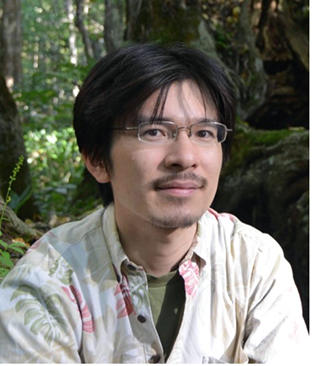Online via Zoom
Although stormwater is considered an alternative water source, it has not been widely used yet most likely due to unclear benefits and cost of stormwater reuse as well as the concern about the presence of microbial and chemical contaminants in raw and treated stormwater. In this study, we analyzed the occurrences of various pathogens, antibiotic resistance genes (ARGs), and nutrient contaminants in raw and treated stormwater samples from two stormwater reuse facilities as well as city water irrigation and lake water irrigation systems. We detected various ARGs in stormwater samples, but they were also found in lake water and city water control samples. Since ARGs are naturally present in various bacteria including both pathogens and non-pathogens, detection of ARGs does not necessarily raise public health concerns. We also detected several viral pathogens, but they were most likely inactive/damaged, and therefore, not infectious. The levels of nutrients were generally low in the stormwater samples collected in this study. As a result, we did not see significant differences in the nutrient levels between before and after treatment. The running costs at the two stormwater reuse facilities were both cheaper than the irrigation facility that uses city water. Based on the data collected in this study, using treated stormwater for non-portable purposes such as irrigation could be a reasonably safe and sustainable alternative practice that is comparable to using lake or city water. Stormwater reuse can be economically beneficial and environmentally friendly.

Dr. Satoshi Ishii is Associate Professor in the Department of Soil, Water, and Climate as well as the BioTechnology Institute at the University of Minnesota. Prior to joining the University of Minnesota in 2015, he was Assistant Professor in the Division of Environmental Engineering in Hokkaido University, Japan, and a postdoctoral research associate at the University of Tokyo, Japan. He received his B.S. from the University of Tokyo, M.S. from Iowa State University, and Ph.D. from the University of Minnesota.
The goal of his research is to solve key environmental problems by applying microbiology and biotechnology approaches. His recent research specifically focuses on:
- Nitrogen pollution
- Ecology of pathogens/antibiotic resistance
- Microbiome responses to environmental changes
He also uses high-throughput microfluidic quantitative PCR technology to simultaneously quantify multiple human pathogens, antibiotic resistance genes, and/or other genes important for environmental science and biotechnology.